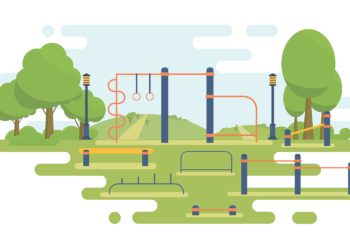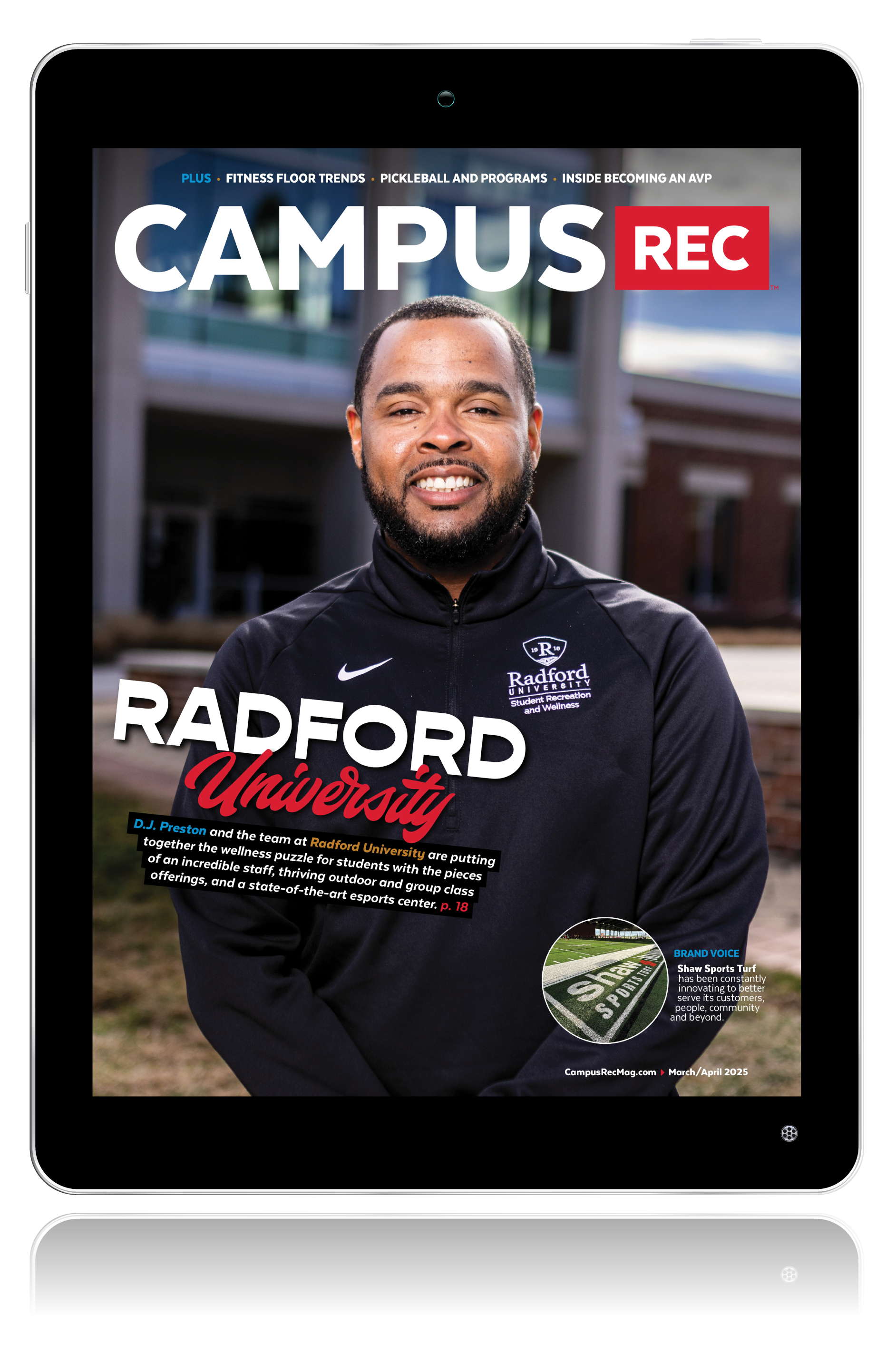After nearly 45 years of providing fitness and wellness assessment services and setting up hundreds of fitness assessment programs, it is clear that a proper environment is required to be successful in this specialized endeavor. I say specialized because this vital service is still not well understood or, for that matter, even practiced well in many fitness and wellness centers.
Hopefully, I can build the case that offering comprehensive fitness and wellness assessments, in a quality environment, are not difficult to provide, and the process can actually pay huge dividends in the long run when your staff is properly trained. So first, let’s start with the why:
- Most students really do want to know more about their blood pressure, resting heart rate, body composition, aerobic fitness, strength, flexibility and functional fitness, which is really what a comprehensive fitness assessment entails. It is all in the way this value proposition is offered, explained, executed and then promoted.
- According to the American College of Sports Medicine and the Cooper Aerobics Institute, a comprehensive fitness screening is a requirement before anyone should be allowed to exercise, and the information derived is necessary to assist them in reaching their personal fitness and health goals.
- Most importantly, a majority of your students who sacrifice their time and effort to workout regularly really want to see personal progress, and when they do, those results translate to their sustained motivation, better retention and more likely referrals. In fact, a quality assessment is your best onboarding practice to achieve growth and viability as a campus recreation facility.
So what about the creating the proper fitness and wellness assessment environment? Here are a few key ideas on the how:
- Provide an assessment area with plenty of space to perform each assessment with the equipment which you have selected to measure all of the biometrics in your standard test protocols. An overcrowded area is not conducive to achieve this end.
- Create an educational environment which is clean, colorful and comfortable, while avoiding that clinical or intimidating setting which can scare people away. To achieve this, you want to provide some informative posters, such as a rating of perceived exertion chart and the 101 health benefits of exercise, etc. Your best source for this information will be found at healthylearning.com.
- Capitalize on the existing “talent pool” on your campus, such as the students who are being trained in those academic areas such as kinesiology, sports science, and, most specifically, with those who have actually had a hands-on experience in an exercise science or human performance lab. These interns will gain valuable experience in the process.
- Finally, through aggregate reporting, your department can provide valuable evidence-based outcomes to your administration that can result in additional support and funding to expand your programming efforts and facilities in the future.
In summary, a campus recreation facility design should include an intentional plan to create a quality fitness and wellness assessment space to help your students achieve their fitness and improved health goals.
Rob Rideout is the vice president and cofounder of MicroFit, Inc. For more information, email rob@microfit.com or visit microfit.com.










